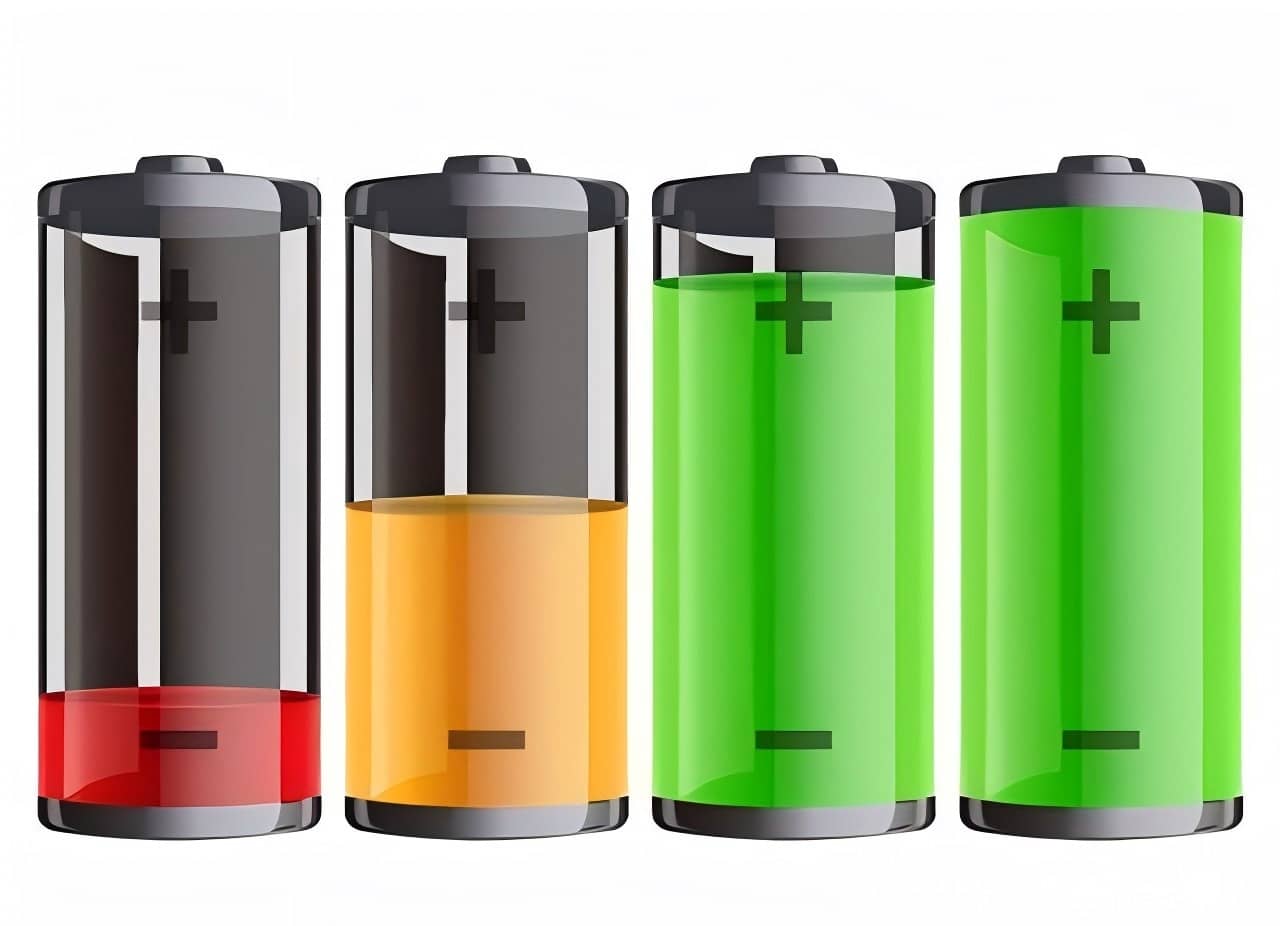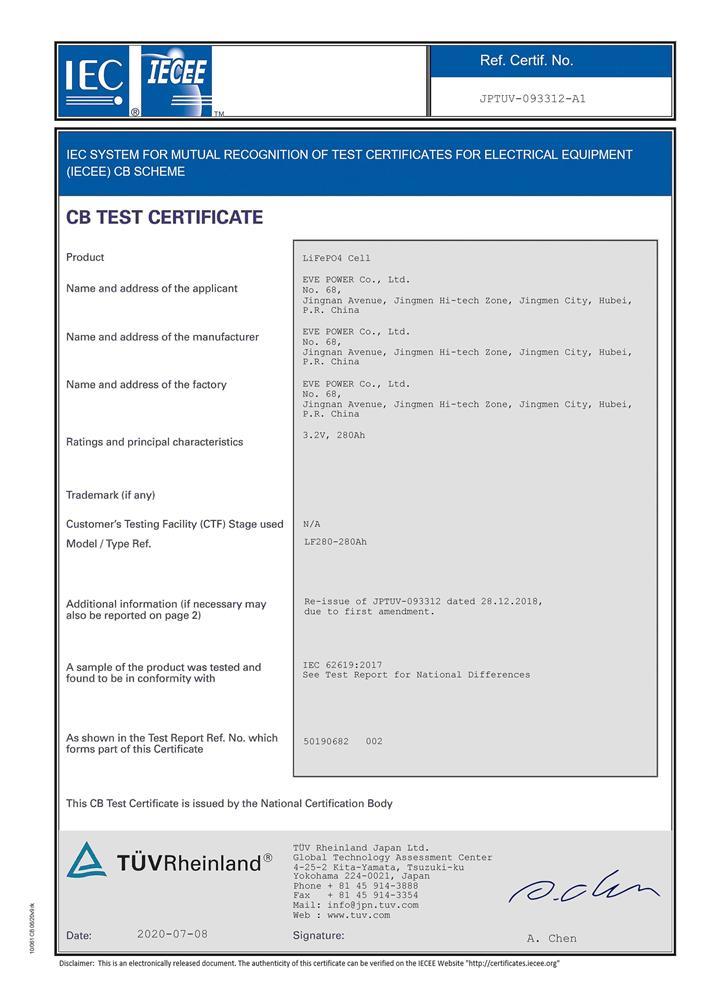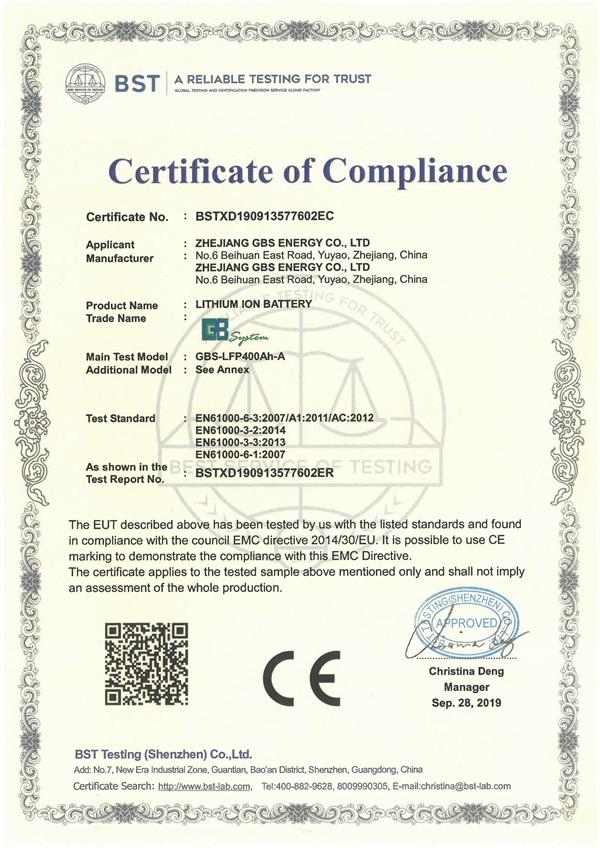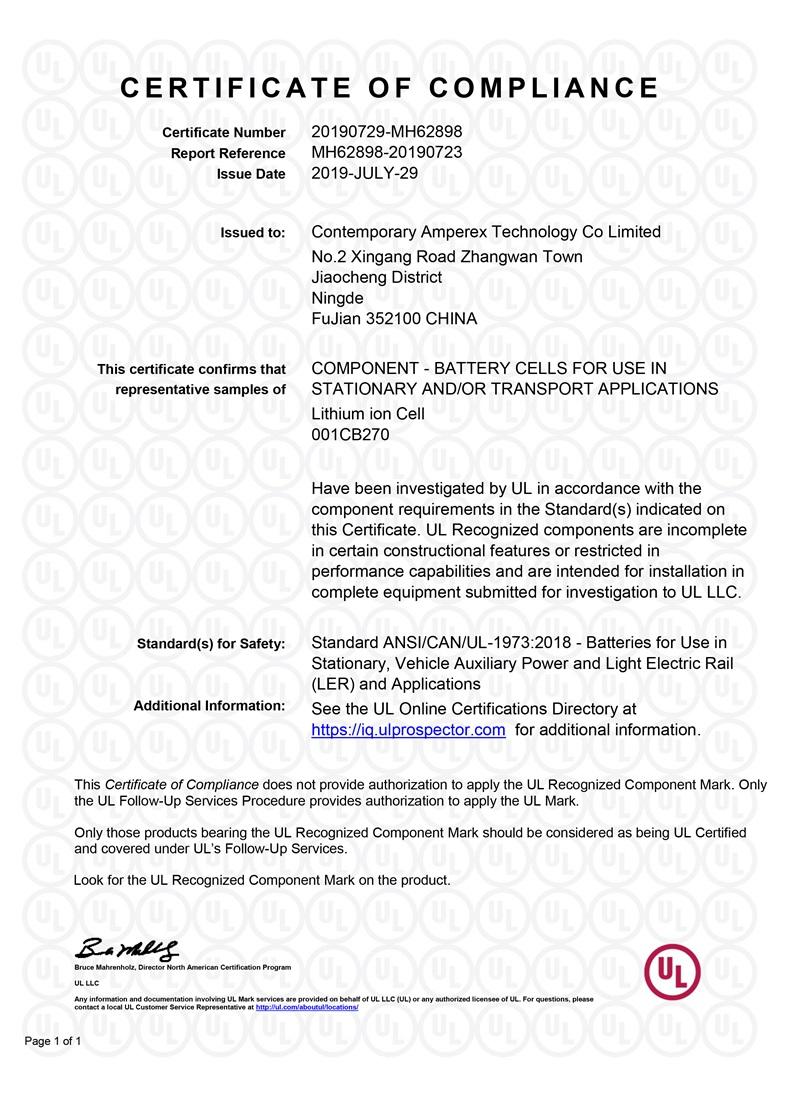Blog
LiFePO4 Battery Depth of Discharge: What You Need to Know
2025-07-14 | Calvin

LiFePO4 batteries are often compared with conventional lithium-ion batteries and lead-acid batteries. LiFePO4 brings a lot to the table, such as a longer lifespan and higher safety.
One of the major alluring factors pushing users towards LiFePO4 is the Depth of Discharge. Depth of Discharge is vital when evaluating any battery. This article will discuss the Depth of Discharge of LFP batteries and all the important information you can learn from this value.
What is a LiFePO4 Battery?
LiFePO4 stands for Lithium Iron Phosphate battery. A LiFePO4 battery has LiFePO4 as the cathode material and a graphite anode. LiFePO4 battery is the best among all rechargeable batteries, with one of the longest lifespans. It has applications in many areas, such as solar panel, marine, leisure vehicles, UPS, electric vehicles, etc.
What is Depth of Discharge?
Depth of Discharge (DoD) is the degree to which you can discharge a battery. It is expressed in percentage (%). Discharging the battery beyond its depth of discharge is possible. However, it is detrimental to the battery.
Take the case of a battery that comes with an 80% Depth of Discharge. You can discharge 80% of the battery capacity. The battery should have a minimum State of Charge (SoC) of 20%. After this, it should be connected to a charger.
If the battery is used below a 20% charge level, the health and lifespan of the battery will be negatively affected.
Discharge Depths for Different Battery Types
Not all batteries handle discharge the same way. Here's how they stack up:
| Battery Type | Maximum Recommended DoD | Notes |
|---|---|---|
| LiFePO4 | 98%–100% | Safe to use most of its capacity |
| Lithium-Ion | ~80% | Avoid going below 30% SoC |
| Lead-Acid | ~50% | Draining below 50% can severely harm it |
As you can see, LiFePO4 takes the lead, offering a deeper discharge without compromising battery health.
Discharge Rate of LiFePO4 Battery
Now, don’t confuse DoD with the discharge rate. While DoD tells you how much energy you’re using, the discharge rate tells you how fast you're using it.
Most LiFePO4 batteries have a discharge rate of 1C, meaning you can safely discharge the entire capacity in one hour. Just keep in mind, discharging too quickly—or beyond this limit—can lead to performance issues.
Also, yes, over-discharging is possible. If you continue using the battery below 0% SoC, you’re entering the danger zone, which can result in permanent damage.
How to Calculate Depth of Discharge
It’s pretty straightforward:
- Formula: DoD = 100% - SoC
- For example, if your battery has 60% SoC, then the DoD is 40%.
You can also calculate DoD using amp-hours. Say you have a 100Ah battery and you’ve used 25Ah:
DoD = (25 / 100) × 100 = 25%
Knowing this helps you better manage your battery health over time.
What Causes LiFePO4 Battery to Discharge Quickly?
Sometimes your battery runs out of juice faster than it should. Here’s why:
- Left-on Devices: Even small appliances can slowly drain your battery if left connected.
- High Power Draw: Too many devices or energy-hungry appliances will increase discharge rate.
- Faulty Chargers: Poor or damaged chargers may not fully top off your battery.
- Loose Terminals: Weak connections can affect performance.
- Temperature Extremes: Heat speeds up chemical reactions, causing faster discharge. Cold reduces efficiency too.
- Faulty Alternators: In vehicles, a weak alternator can fail to charge the battery fully.
Keeping these in check can prevent premature battery depletion.
How to Prevent Unwanted Discharge
Here's how to keep your LiFePO4 battery running smoothly:
- Use a Battery Management System (BMS): This helps protect the battery from overcharging or over-discharging.
- Opt for Quality Chargers: Make sure you're using chargers that match the specs.
- Disconnect Unused Devices: Even idle devices can draw power.
- Inspect Your Wiring: Secure connections help ensure proper power flow.
- Match Load to Discharge Rate: Don’t exceed what the battery can safely provide.
These small steps can go a long way in extending your battery's life.
Is Cycle Life the Same as Depth of Discharge?
Not quite. They’re related but not identical.
- Cycle Life = How many full charge/discharge cycles a battery can complete before capacity starts to fade.
- Depth of Discharge = How much of the battery capacity you use in each cycle.
In general, the deeper you discharge, the shorter the cycle life. That’s why using just 50% of the capacity can make your battery last even longer.
Here’s a quick chart to illustrate that:
| DoD (%) | Approximate Cycle Life |
|---|---|
| 80% | 3,000 cycles |
| 70% | 4,000 cycles |
| 50% | 5,000 cycles |
So, if longevity is your goal, shallower discharges are the way to go.
Final Thoughts
LiFePO4 batteries are leading the way when it comes to performance, safety, and longevity. One of their biggest perks? A high Depth of Discharge, which lets you tap into nearly the entire battery without risking damage.
Still, it pays to be smart about how you use them. Stick to recommended DoD levels, monitor discharge rates, and keep an eye on connected devices and weather conditions. Doing all this not only protects your battery—it saves you money in the long run.
At the end of the day, understanding Depth of Discharge isn’t just tech talk—it’s the key to getting the most out of your investment.
- Next:Understanding Lithium Battery Internal Resistance and How to Measure It
- Previous:Tesla Battery Types: A Simple Guide for Model S, 3, X, and Y
Contact Details
Lithium LiFePO4 Batteries and Lithium LiFePO4 Cells Supplier - LiFePO4 Battery Shop
Contact Person: Miss. Elena Wang
WhatsApp : +8615263269227
Skype : +8615263269227
WeChat :15263269227
Email : info@lifepo4batteryshop.com
All Products
- A123 Battery (5)
- Sinopoly Battery (7)
- GBS Battery (16)
- CALB Battery (22)
- Cylindrical Cell (3)
- Energy Storage System (0)
- Battery Management System (2)
- Sodium ion Battery Cell (3)
- Lithium Titanate Battery (16)
- Ternary Lithium Battery Cell (11)
- REPT Battery (8)
- BYD Battery (2)
- CATL Battery (14)
- Thunder Sky Winston Battery (21)
- EVE Battery (29)
- LiFePO4 Battery Cell (4)
Certification
Customer Reviews
- I have fond memories of our meeting in Shanghai with LiFePO4 Battery Shop Elena. Your company left a strong impression on me with its impressive growth and professionalism. We both value straightforwardness and honesty, which I believe are the most important qualities in any partnership. I am confident that we can build a successful collaboration based on these shared values. —— Robert from USA
- I've been working with LiFePO4 Battery Shop for years, and their reliability is unmatched. While other suppliers frequently change sales teams, LiFePO4 Battery Shop has consistently provided exceptional service with a stable team. Their commitment to quality and customer support truly sets them apart. —— Henry from Australia



